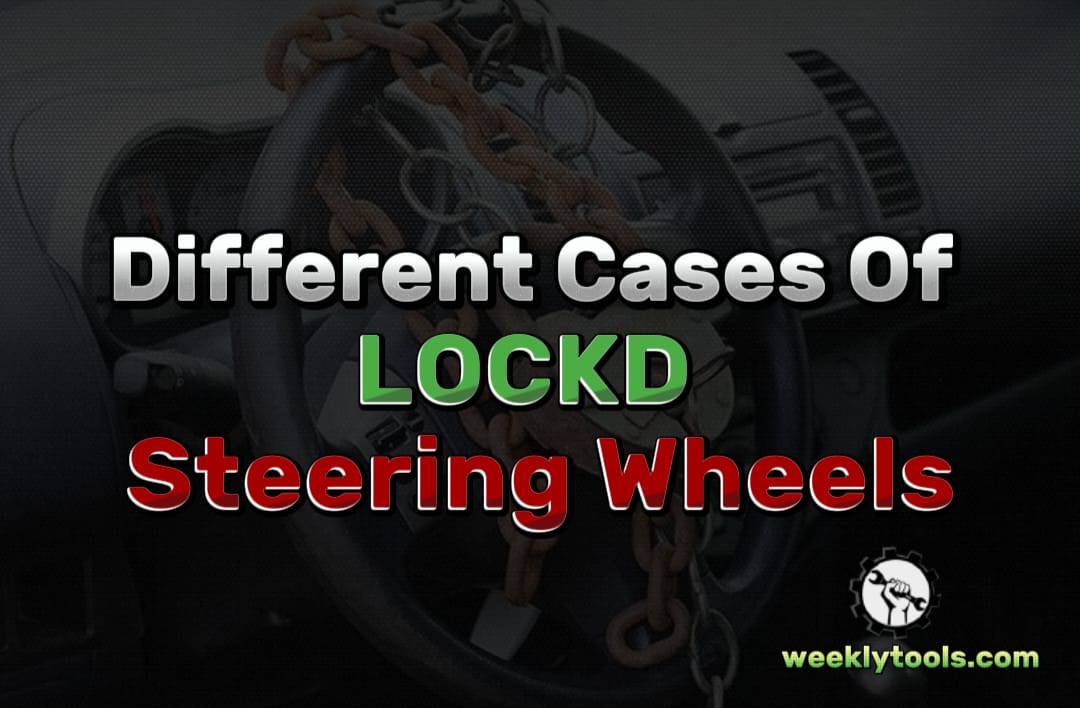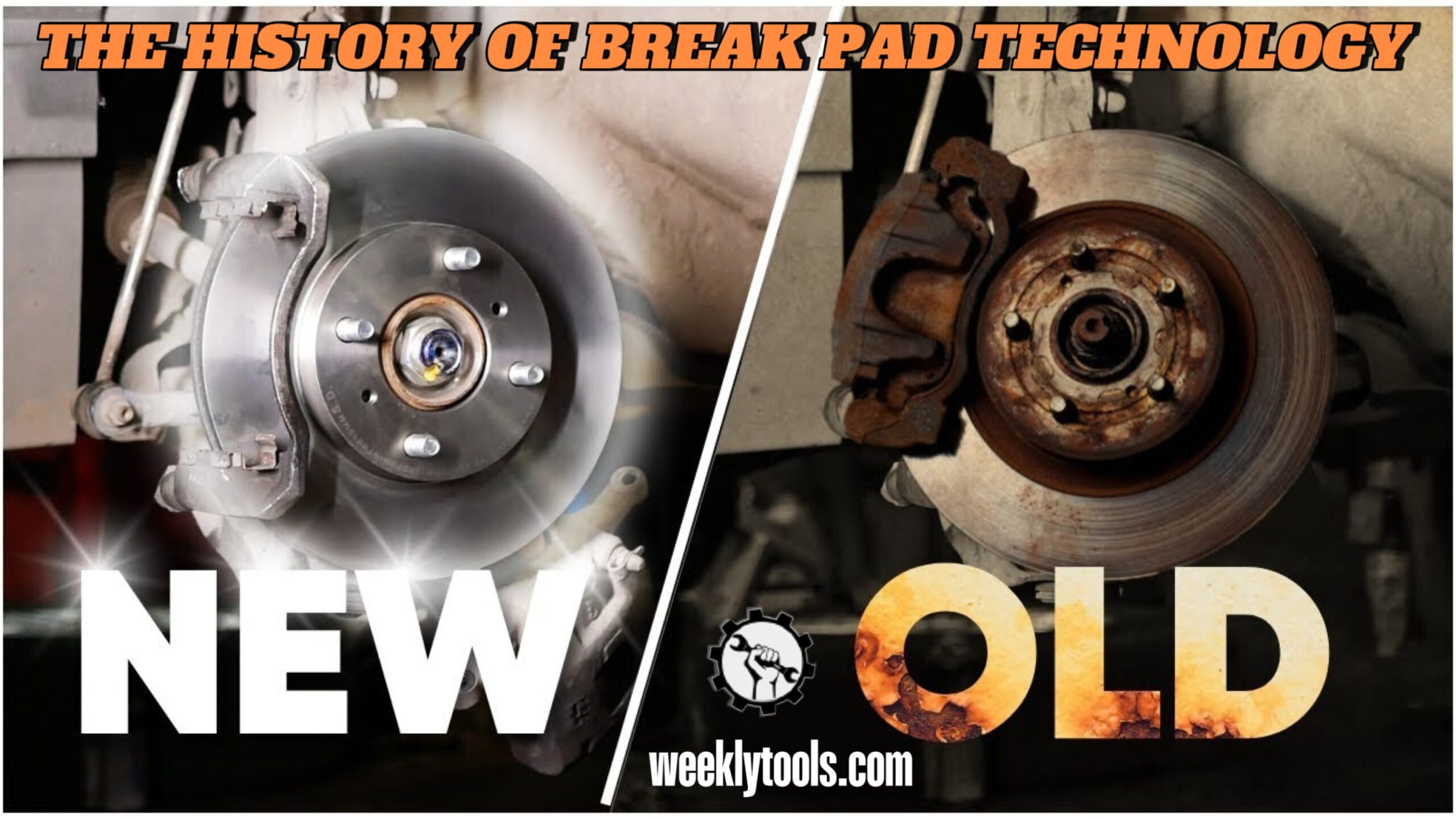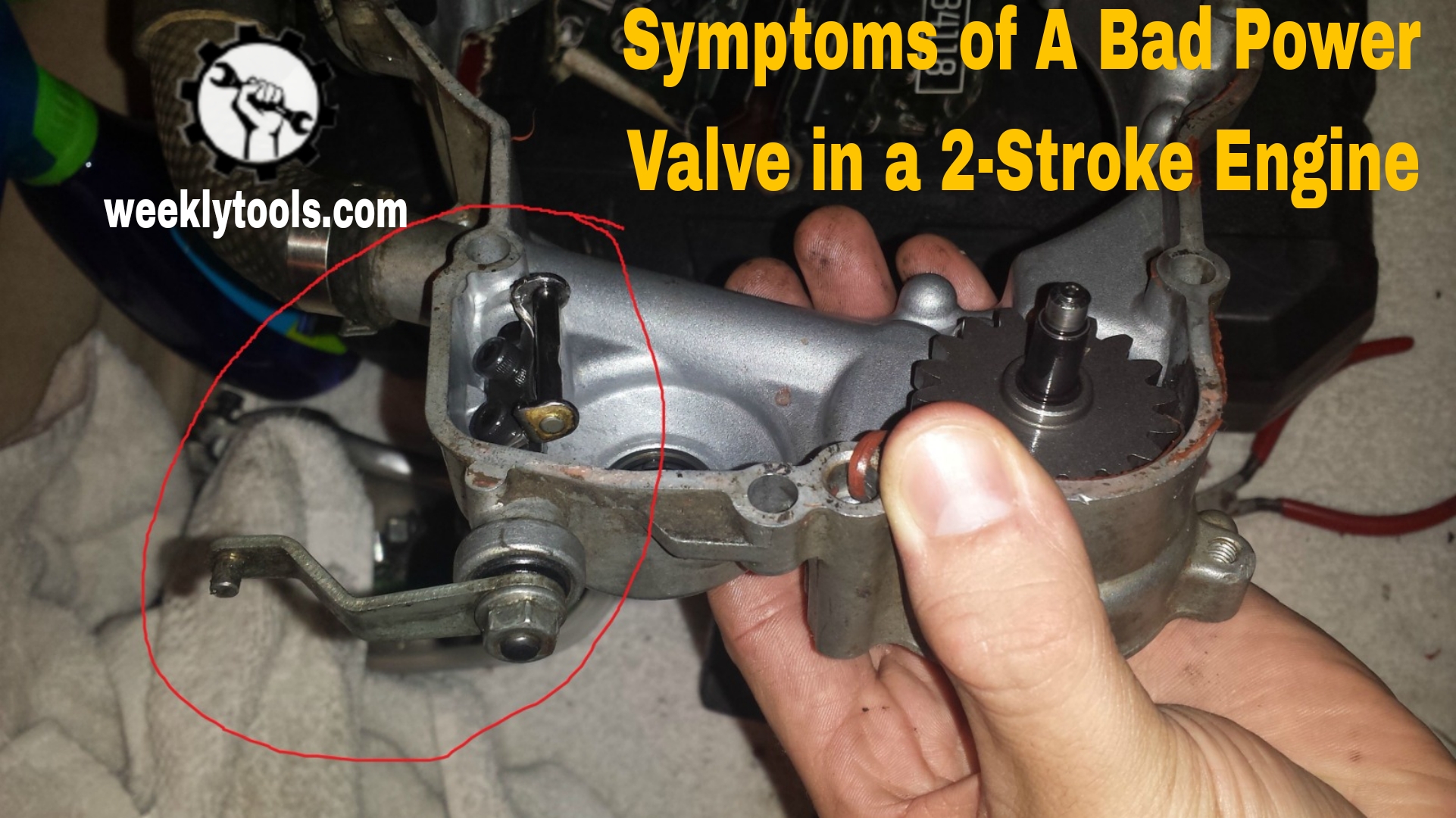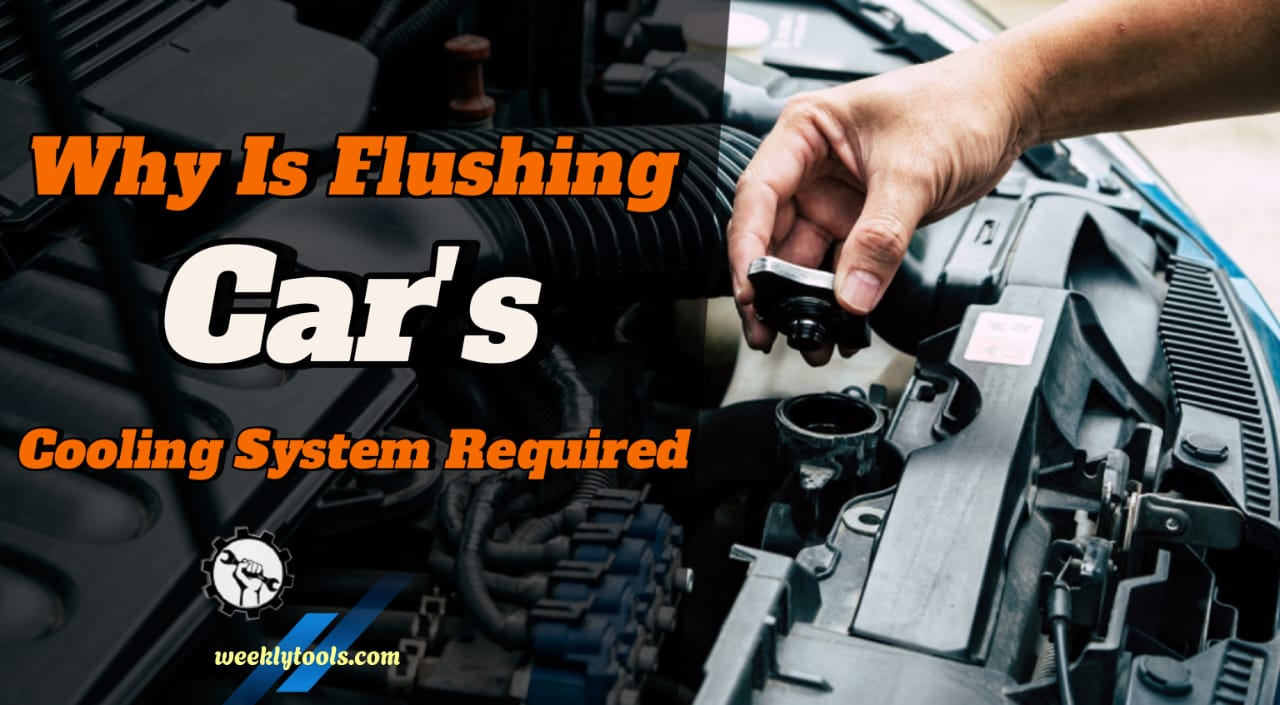Your vehicle’s engine relies on a crucial component – the timing belt – to maintain synchronization. This vital element ensures the seamless operation of all engine components, contributing to your safety on the road. Recognizing the significance of timing...
Your vehicle’s engine relies on a crucial component – the timing belt – to maintain synchronization. This vital element ensures the seamless operation of all engine components, contributing to your safety on the road.
Recognizing the significance of timing belt replacement is paramount for effective maintenance. As a car owner, understanding the functionality of the timing belt and recognizing the How Often You Should Replace Your Timing Belt is essential knowledge.
The Timing Belt Basics
The timing belt, or in some cases, a car timing chain, serves as the engine’s conductor, managing the simultaneous connections between the crankshaft’s rotation that propels the wheels and the precise movement of the engine valves responsible for power generation.
This crucial component ensures that valves open and close at the precise moments, allowing smooth car operation and maintaining optimal airflow. Essentially, the timing belt allows the vehicle to ‘breathe’ by regulating the intake of clean air and the expulsion of exhaust fumes.
The Vital Role of A Timing Belt
While seemingly uncomplicated—a mere rubber belt or chain—the timing belt plays a sophisticated and vital role. It acts as the linchpin that synchronizes various engine elements. Without this essential component, the engine’s timing would falter, leading to misfires, disruptive noises, and the potential dislodging of pistons from their cylinders. In extreme cases, this misalignment could bring the vehicle to a sudden halt, with the ominous possibility of rendering it inoperable.
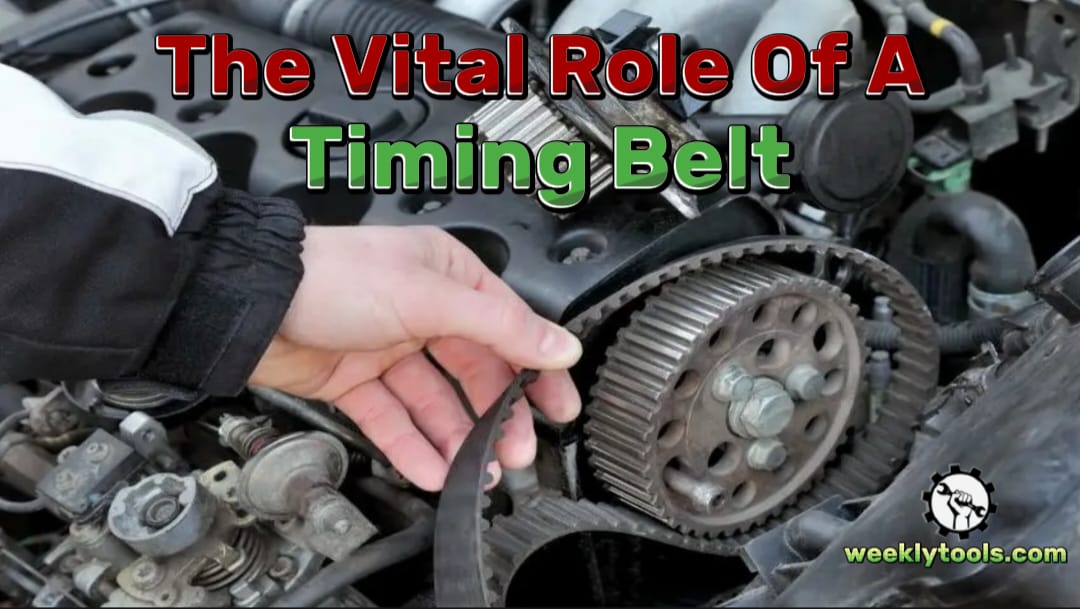
The Need of Timing Belt Replacements: Signs To Notice
Over time, however, this critical component is subject to wear and tear, necessitating timely attention to prevent potential damage and costly repairs. Neglecting the maintenance of your timing belt can lead to severe consequences, including engine failure and extensive damage to internal components.
1. Constant Engine Vibration
A worn or faulty timing belt can contribute to engine vibration. As the timing belt wears down, it may lose its ability to maintain proper tension, resulting in uneven movements within the engine. The vibration may be more pronounced at certain engine speeds, and if left unaddressed, it can lead to increased wear on other engine components.
2. Noticeable Power Loss
Symptom Explanation: A noticeable decrease in engine power is a common sign of a failing timing belt. As the timing belt wears, it can slip or lose synchronization with the crankshaft and camshaft, leading to a reduction in overall engine performance. Loss of power may be particularly evident during acceleration or when climbing hills. Addressing this symptom promptly is crucial to prevent further strain on the engine.
3. Engine Misfiring
The misfiring of the engine cylinders can be attributed to a faulty timing belt. Inconsistent timing disrupts the combustion process, causing misfires that manifest as rough idling or noticeable engine hesitation. Ignoring misfiring can result in increased fuel consumption and potential damage to the catalytic converter.
4.Poor Mileage
Symptom Explanation: A deteriorating timing belt can lead to a decline in fuel efficiency. The compromised synchronization between the camshaft and crankshaft can disrupt the optimal combustion cycle, negatively impacting fuel economy. Monitoring fuel economy is essential, and any unexplained decrease should prompt a thorough inspection of the timing belt and related components.
5.Unusual-Alarming Noises
Unusual “clicking” or “squealing” sounds emanating from the engine area can indicate issues with the timing belt. This may suggest that the belt is missing teeth or experiencing excessive wear. Prompt investigation of clicking or squealing sounds is crucial to identify the root cause and prevent potential belt failure.
Regular inspections and timely replacement of the timing belt, especially in interference engines, can prevent catastrophic damage and ensure the optimal performance of your vehicle. If any of these symptoms arise, you must replace the timing belt as soon as possible.
6.Oil Leaks
Oil leaks in the front of the motor, near the timing belt area, could indicate a deteriorating timing belt seal. A failing seal allows oil to escape, posing a risk to the timing belt’s integrity. Oil exposure can accelerate the belt’s wear and compromise its performance. Timely replacement is crucial to prevent further damage.
7.Burnt Rubber Smell
A burnt rubber odor traceably coming from the engine could signify a slipping or overheating timing belt. Overheating causes the belt to wear rapidly, affecting its grip on the pulleys. If ignored, this can lead to timing belt failure, potentially causing severe engine damage. Prompt replacement of the timing belt is essential to ensure continued engine functionality and prevent costly repairs.
8.Troubled Starting
Difficulty starting the vehicle may indicate issues with the timing belt. A worn or damaged belt can disrupt the engine’s synchronization, leading to starting problems. Ignoring this sign may result in complete engine failure. Swift replacement of the timing belt is advised to avoid being stranded and to maintain optimal engine performance.
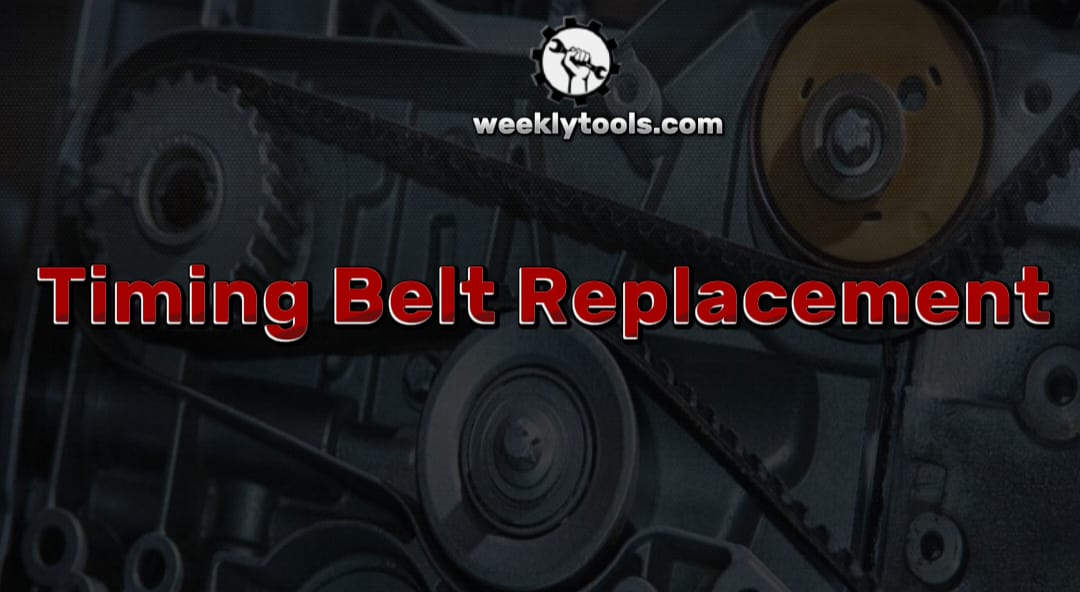
How Often You Should Replace Your Timing Belt
So, how we can determine to change the timing belth regularly? Surprisingly, the answer isn’t singular. At least, we can refer to three major factors: the mileage, noticeable signs, and driving conditions.
Manufacturer’s Recommendation
Navigating timing belt replacement intervals should begin with consulting the manufacturer’s guidelines. The owner’s manual serves as a sacred scroll, revealing the prescribed mileage milestones for timing belt replacement, oscillating between 30,000 to 100,000 miles.
Follow Noticeable Signs
The recommendations from the manufacturer, while cardinal, are not exhaustive. Engine irregularities, misfires, and unusual sounds previously mentioned above contribute to the replacement equation. A misaligned timing belt can cause imbalance, unharmonious engine performance.
Driving Style and Conditions
The life of a timing belt isn’t merely dictated by mileage. Harsh driving conditions, frequent stop-and-go scenarios, and extreme temperatures add wear and tear, necessitating constant monitoring. In that scenario, you might have to change the timing belt sooner that manufacturer’s recommendation.
Used Vehicles: Replacement Is A Must
When it comes to used vehicles, common sense becomes the best reference. Purchasing a vehicle beyond the 50,000-mile mark without documented timing belt replacement raises the flag of caution, urging proactive intervention.
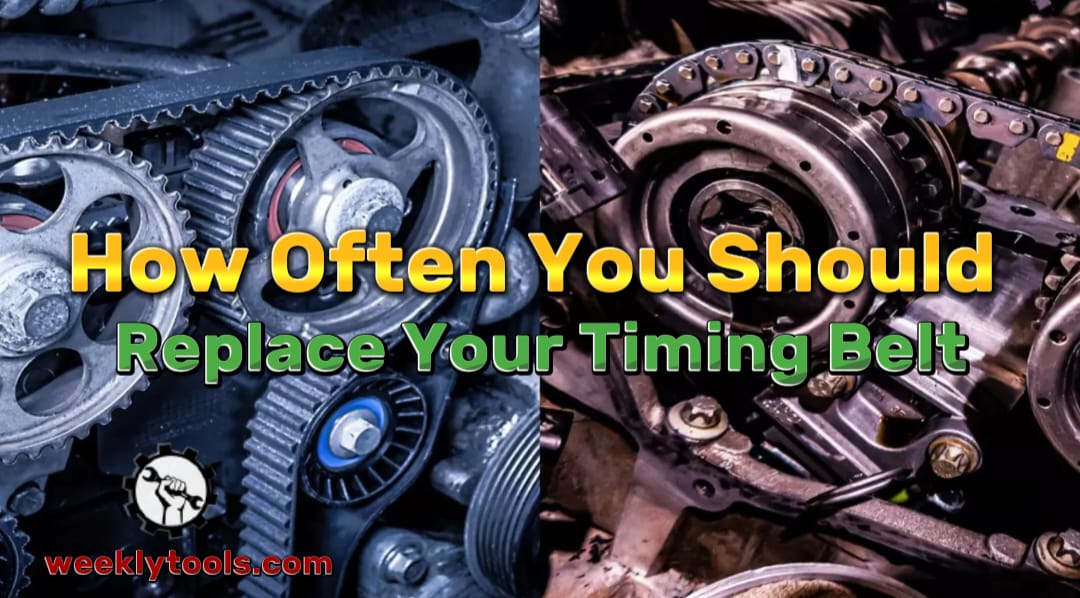
Timing Belt Replacement: Professional or DIY? Cost?
When contemplating a timing belt replacement, it’s wise to entrust this intricate task to seasoned professionals. Due to the belt’s location deep within the engine, a comprehensive timing belt service is often recommended during diagnosis. This may include water pump replacement and radiator coolant change, addressing components with similar lifespans and wear rates. Opting for professional intervention now minimizes the risk of breakdowns and the potential expense of subsequent visits.
The expense associated with timing belt replacement typically ranges from $400 to $1000 or more. While the cost may seem burdensome in the short term, it pales in comparison to the potential consequences of engine damage resulting from a snapped timing belt. Investing in timely replacement safeguards your engine’s longevity and spares you from the more substantial financial expenses on extensive repairs or replacements.
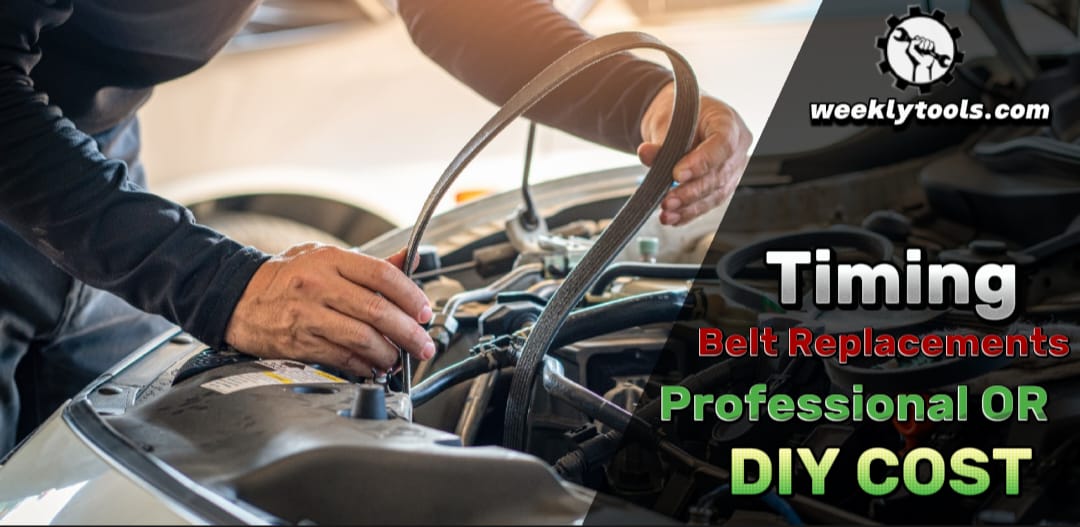
Timing Belt Replacement Service Coverage
When it comes to replacing a timing belt, it’s a task best entrusted to qualified auto repair technicians. During this process, it’s prudent to inquire whether the water pump also requires replacement, as these components are often in close proximity. Opting for simultaneous replacement can be both a time and cost-effective decision.
The replacement procedure involves gaining access to the timing cover and crankshaft pulley. Achieving this requires the removal of the fan belt and power steering belt, situated beside the timing cover. Subsequently, both upper and lower sections of the timing cover are taken off.
Prior to loosening the crankshaft pulley and removing the timing belt, meticulous marking of the camshaft pulleys is undertaken. This step is crucial for seamless reassembly, ensuring perfect realignment for optimal engine performance. After the old timing belt is replaced with a new one, a triple check is conducted to verify the alignment of the pulleys with the markings. Finally, all components are reassembled to complete the process.
These are additional services should be taken along with timing belt replacement:
Water Pump Replacement
As previously mentioned, alongside timing belt replacement, it’s often recommended to replace the water pump. This component works in tandem with the timing belt, and replacing them together ensures comprehensive engine maintenance.
Idler Pulleys, Tensioners, Drive Belts
Components like idler pulleys, tensioners, and drive belts experience wear and tear. Addressing these parts during a timing belt replacement ensures a thorough maintenance approach, promoting optimal engine performance.
Crankshaft and Camshaft Services
The complex coordination between the crankshaft and camshaft, governed by the timing belt, requires careful inspection. Services dedicated to preserving these components play a crucial role in the timing belt replacement process.
Coolant Replacement
While not directly tied to the timing belt, a fresh coolant infusion complements the rejuvenation/refreshing process. Draining and replenishing the coolant in the water pump contribute to overall engine health.
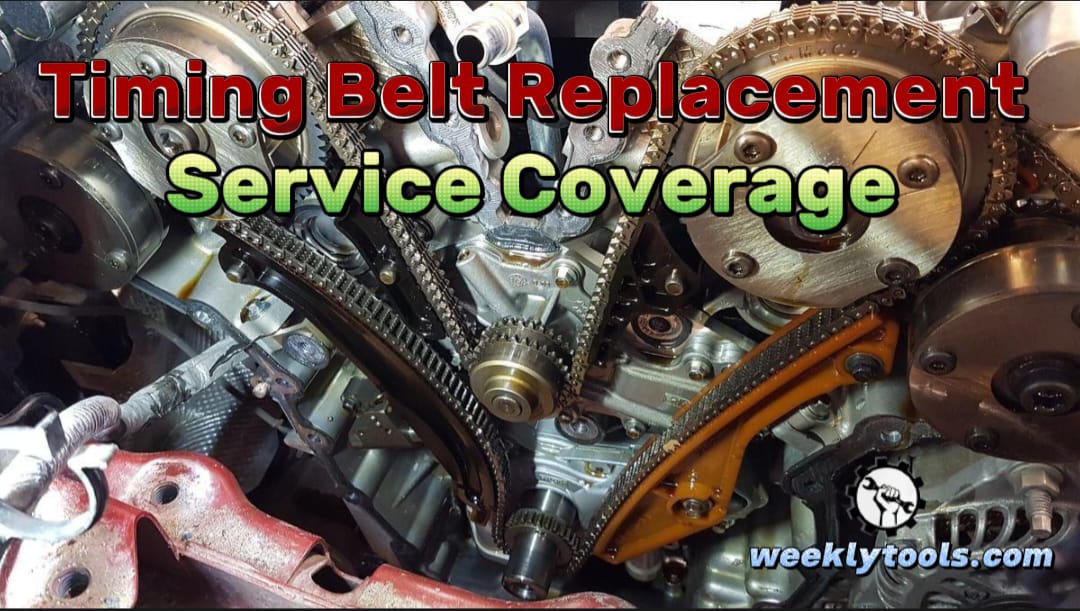
What if The Timing Belt Breaks
When a timing belt breaks, it induces significant damage to various engine components due to the loss of synchronization between the crankshaft and camshaft. These may cause:
Misalignment of the crankshaft and camshaft can result in the valves being struck by the pistons, causing them to bend. The disruption in timing may lead to contact between pistons and cylinder walls, causing damage to both components. The misalignment can also impact the cylinder head, potentially causing cracks or other forms of damage.
Any of these consequences has the potential to immobilize the vehicle, requiring extensive and costly repairs. Addressing these issues typically involves dismantling the engine and conducting comprehensive reconditioning, making the repair process more extensive and expensive.
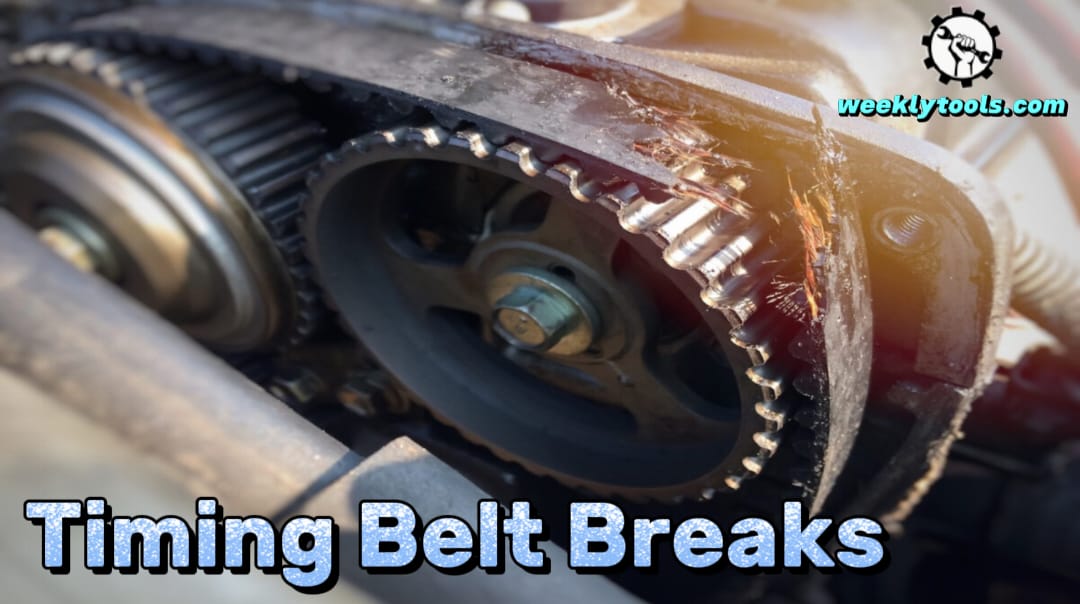
FAQs
1.Do timing belts last longer than chains?
Timing belts, crafted from rubber, typically require replacement every 55,000-90,000 miles. In contrast, timing chains, composed of metal, can endure for the entire lifespan of the vehicle.
2. Should I initiatively replace the timing belt?
Proactively replacing your car’s timing belt is both more cost-effective and safer than waiting for it to break. Post-breakage replacement can cost more than twice the price of preventive replacement.
3. Will the engine performance be improved after timing belt replacement?
No, changing the timing belt doesn’t enhance a car’s performance. It serves as a maintenance item rather than a performance-enhancing component. However, if you don’t replace old/damaged timing belt, your engine wouldn’t perform well.
4. Can timing belt’s life be extended?
While there’s limited action to extend a timing belt’s life, investing in a full replacement kit with supporting components like tensioners and the water pump during replacement can be beneficial. Driving habits also play a role in the longevity of belts or chains.
5. Does the timing belt affect air conditioning?
Yes, the timing belt is integral to the operation of various essential car components, including the engine, alternator, air conditioner, and power steering pump.
In conclusion, replacing your timing belt is an essential part of maintaining your engine’s health and preventing costly repairs. While the exact interval will vary depending on your car’s make, model, and driving habits, it’s generally recommended to replace your timing belt every 60,000 to 100,000 miles. If you’re unsure about your specific interval, consult your owner’s manual or a qualified mechanic. By following these guidelines, you can help ensure your engine runs smoothly and reliably for years to come.




